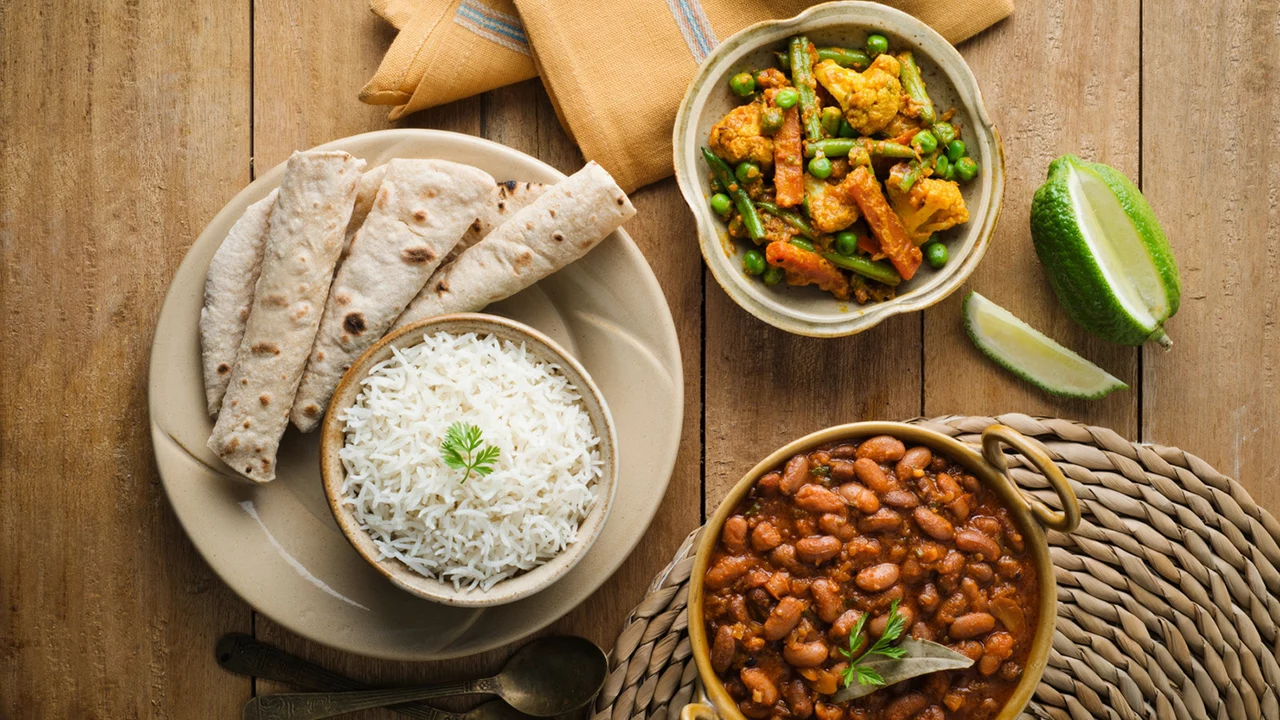Discover the Real Nutritional Benefits of Everyday Foods
Ever wonder why some foods keep you feeling energized while others leave you dragging? It all comes down to the nutrients packed inside. Knowing what those nutrients do can help you build meals that actually work for your body, not just fill your belly.
Protein fuels muscle repair and keeps you full longer. Fiber balances blood sugar and keeps digestion smooth. Healthy fats protect your brain and lower inflammation. Vitamins and minerals act like tiny managers, making sure every system runs on time. When you pair the right foods, the sum is greater than the parts.
Simple Ways to Add More Nutrients to Your Plate
Start with a color check. The brighter the plate, the more likely you’re getting a mix of vitamins. Add a handful of leafy greens to your morning smoothie, toss a few nuts into your lunch salad, and finish dinner with a side of roasted veggies.
Swap refined carbs for whole grains. Swap white rice for brown rice, white bread for whole‑grain, and you instantly boost fiber, B‑vitamins, and minerals. Even a small change like choosing an avocado instead of a butter spread adds healthy monounsaturated fats and potassium.
Don’t forget the power of snacks. A piece of fruit with a spoonful of peanut butter, yogurt topped with berries, or roasted chickpeas can turn a lazy moment into a nutrient boost.
Common Myths About Nutrition, Debunked
Myth #1: “Low‑fat is always healthier.” In reality, many low‑fat products replace fat with sugar, which spikes insulin and can lead to cravings. Choose foods with natural fats, like olive oil, nuts, or fatty fish, instead of “fat‑free” versions.
Myth #2: “You need to eat meat for protein.” Plant‑based proteins—beans, lentils, tofu, quinoa—provide all essential amino acids when combined correctly. A bean‑corn salad or a tofu stir‑fry can give you the same protein punch without the extra saturated fat.
Myth #3: “Supplements replace real food.” Supplements can fill gaps, but they lack fiber, phytonutrients, and the food matrix that helps absorption. Aim for a balanced diet first, then consider a multivitamin if you have specific deficiencies.
By focusing on whole foods, mixing textures, and keeping an eye on portion sizes, you’ll naturally tap into the nutritional benefits that keep you sharp, strong, and satisfied. Start with one small swap today—maybe a banana instead of a candy bar—and notice the difference in your energy levels. Small steps add up, and before you know it, healthier habits become second nature.
Remember, nutrition isn’t about perfection; it’s about progress. Keep experimenting, stay curious, and let your body thank you with better performance, clearer skin, and a more stable mood.
